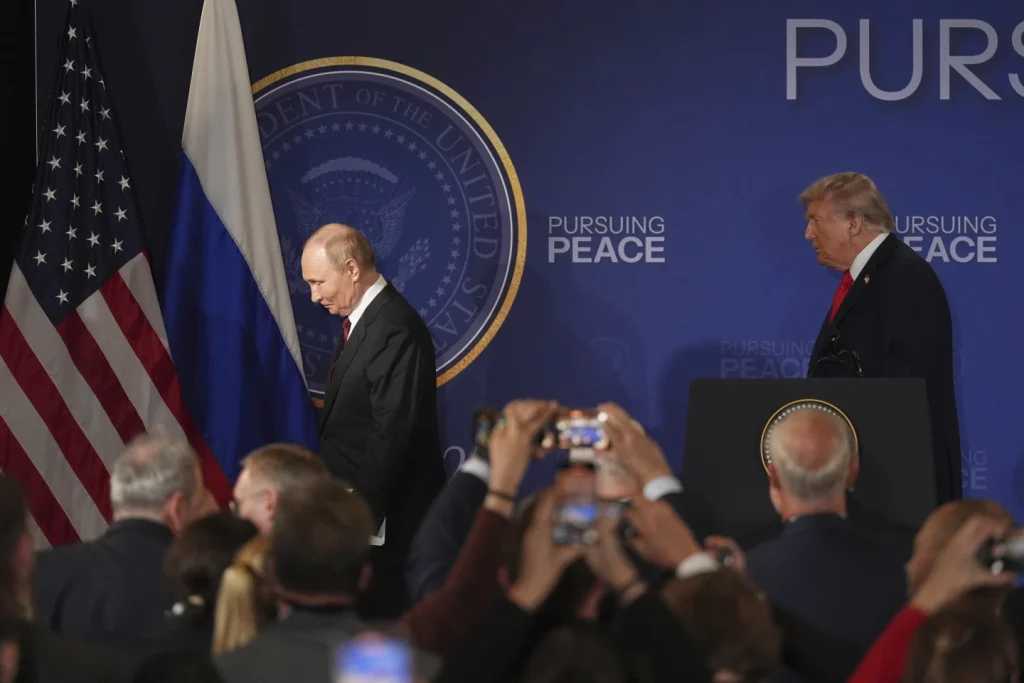
On August 15, 2025, U.S. President Donald Trump hosted Russian President Vladimir Putin at Joint Base Elmendorf–Richardson in Anchorage, Alaska — marking the first invitation extended to Putin by a U.S. administration since Russia’s full-scale invasion of Ukraine. Despite a grand ceremony and cordial optics, the summit concluded without any formal agreements or ceasefire, leaving analysts to question its substantive value.
Putin received a lavish welcome — complete with a red-carpet arrival, jet flyovers, and an unexpected ride in the presidential limousine. While these gestures painted a picture of renewed camaraderie, they proved to be largely ceremonial. Neither a ceasefire agreement nor follow-up negotiations were secured during the 2.5-hour sit-down, highlighting a dramatic mismatch between optics and outcomes.
Despite no policy breakthroughs, Putin emerged as the clear beneficiary of the summit:
President Trump described the talks as “very productive,” acknowledging some progress while candidly admitting, “we didn’t get there.”
However, his lack of policy specifics and refusal to take questions mirrored a summit heavy on fashion but light on function.
There are proposals for a future trilateral summit involving Trump, Putin, and Zelenskyy, possibly hosted in Washington.
A veteran diplomat noted the poor preparations and absence of prior coordination among the U.S., Russia, and Ukraine. Without these foundational steps—like a ceasefire agreement or clarity on negotiations—the summit remains symbolic rather than substantive